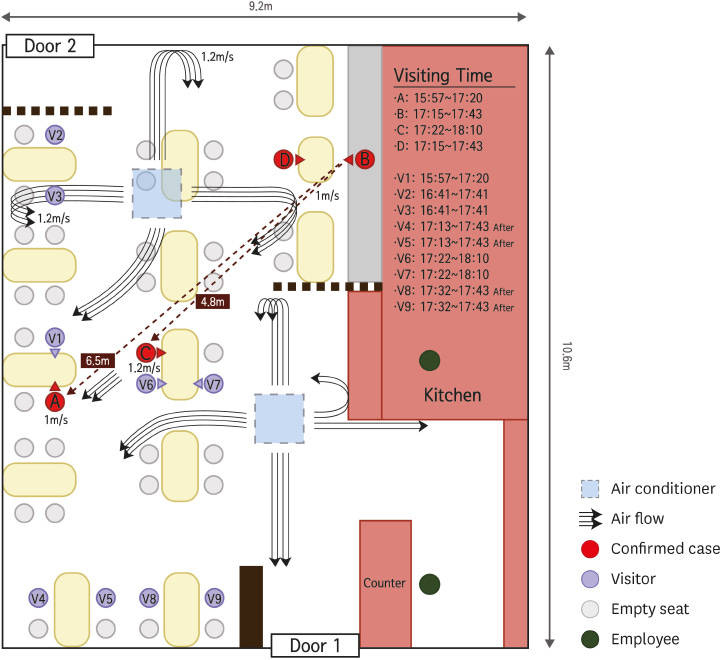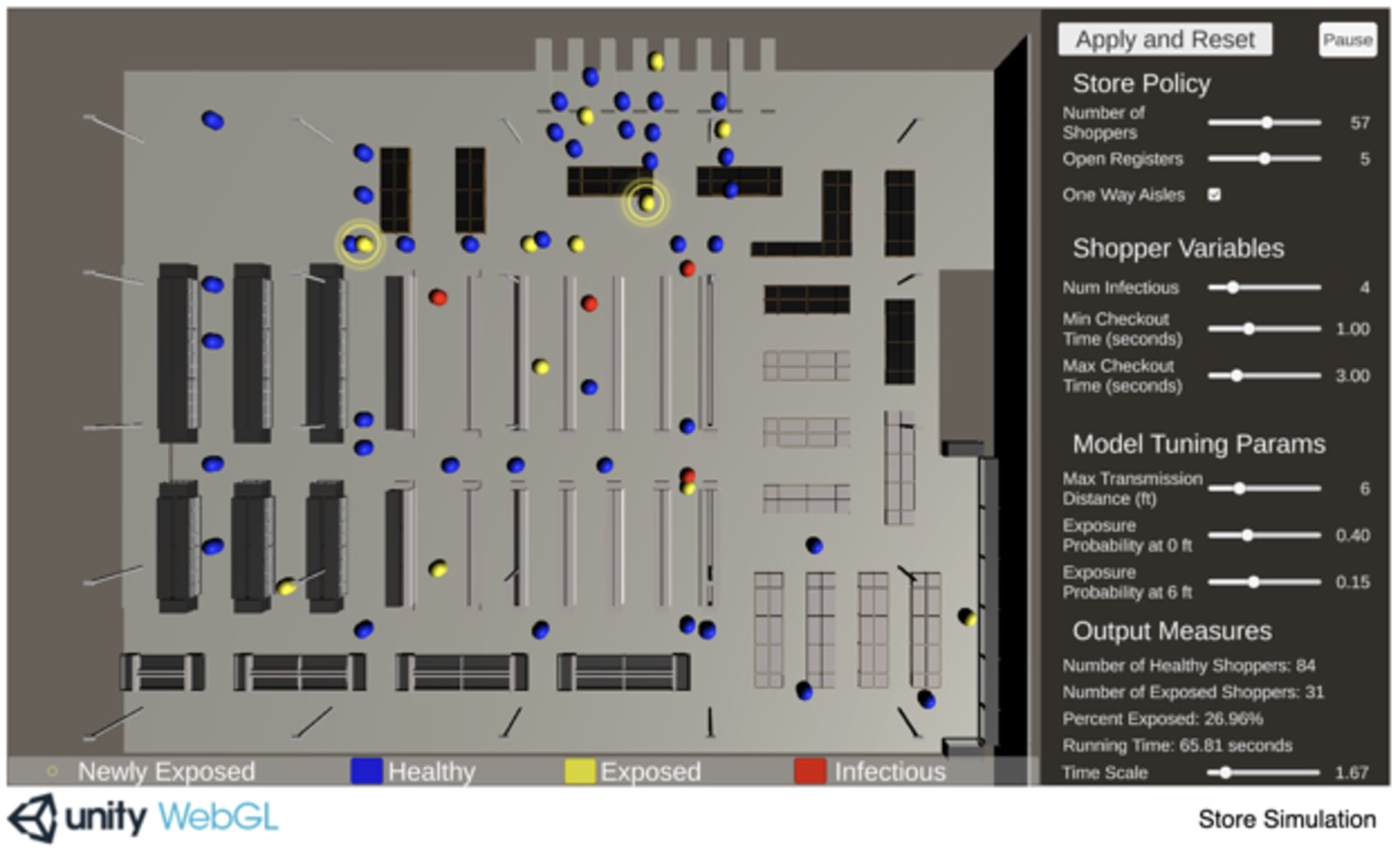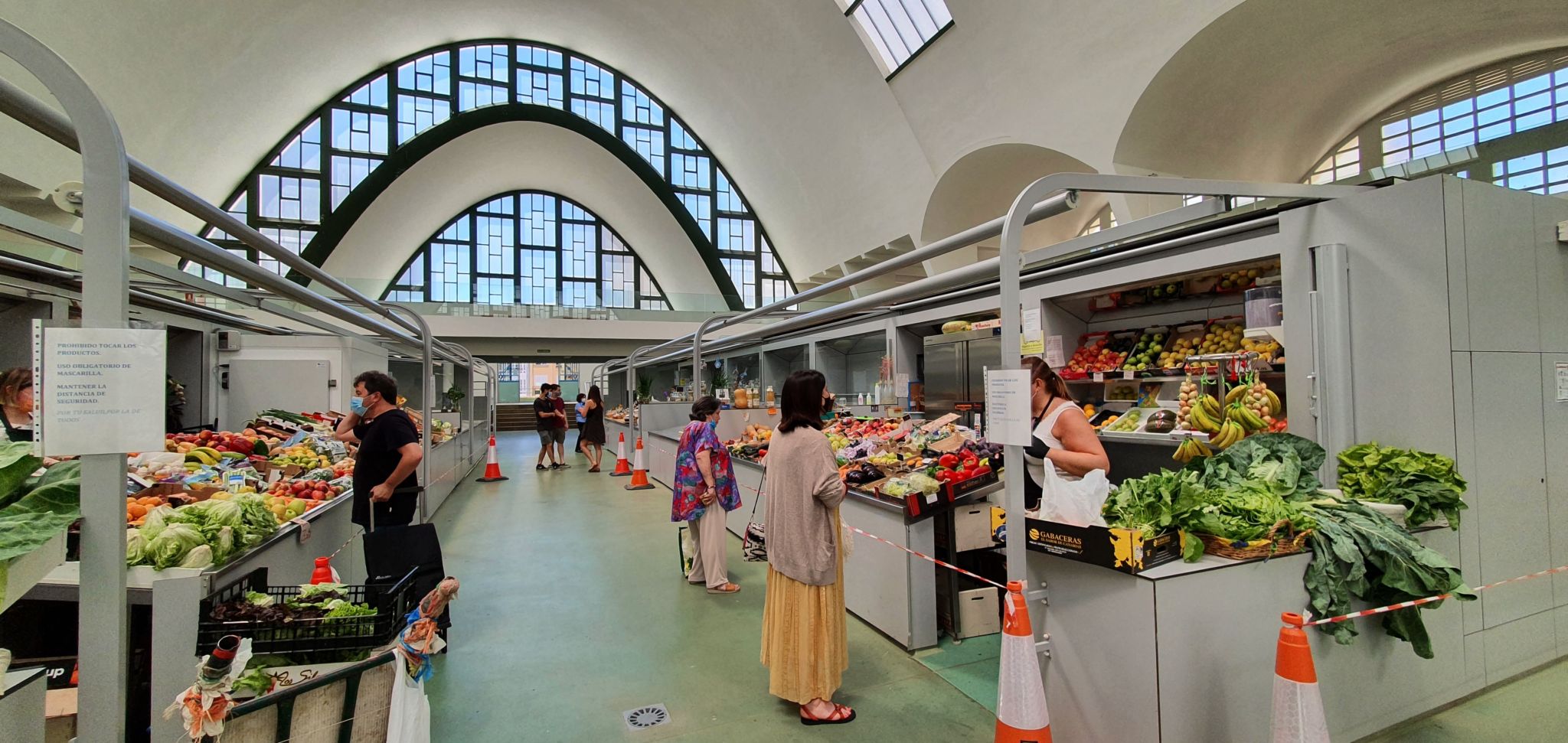We have reached the point in the pandemic where people are starting to know what they’re talking about. Especially outside of the United States, researchers are starting to put together incredibly detailed studies about how the coronavirus spreads and one thing is becoming increasingly clear: Airflow matters.
Take a look at this:

Choose your seat carefully. In this situation, one of the positive cases remained more than 20 feet away from someone infected and was only in the same building for 5 minutes, which makes for a pretty frightening scenario.
In this case, a picture is worth a few thousand words. It comes from a study done in South Korea, where researchers meticulously examined CCTV footage, airflow currents, testing data, and more to create a picture of exactly how the virus spread through a restaurant in a very short amount of time. And their findings are clear (if not entirely surprising): The virus is spread via aerosols, and aerosols travel along air currents, and if you are in the path of those air currents, you’re at a large risk for breathing in those aerosols and getting sick. Simple as that.
Obviously, this makes an understanding of airflow paramount when thinking about the safety of an indoor environment. And understanding airflow is very much a 3D problem.
Certainly, Digital Blue Foam was ahead of the curve when they announced their Covid Space Planner back in June. Figuring out the safest way to re-organize existing office space should be paramount for organizations planning to re-enter the physical workspace. Even with news of a vaccine on the horizon, concerns about the spread of disease won’t go away. Many epidemiologists and public health officials will be recommending mask use and social distancing for a long time, given uncertainties about vaccine efficacy and the length of immunity they convey. There’s even a chance that the vaccines will keep us from getting sick, but not stop us from spreading the virus.
But offices aren’t the imperative here. It’s restaurants, grocery stores, schools, bars, clubs, retail establishments – those places that really can’t operate remotely with any sort of effectiveness, and almost certainly don’t have CAD drawings easily available for upload and examination. Whether they know it or not, they need good 3D visualizations of their spaces, both to help them understand the risk they’re putting their employees and customers in and to help explain their decision making to wary people who want assurances the building is safe (especially in winter months, when windows can’t be open in the north).

How many registers should you safely open?
We saw over the summer Unity provide a nice 3D simulation of customer flow through a grocery store, where they were able to show how store policy might impact public health. If the store is able to open more registers, people are able to keep farther apart from one another while shopping. That’s fairly intuitive, but being able to see it and demonstrate it makes it a lot easier to make sure you get the resources you need to make it happen.
Similarly, Upsite Technologies was able to show way back in 2019 the way that 3D visualizations of airflow could help artificial intelligence figure out the optimum way to keep server rooms cool and servers performing at their optimum capacity. If AI can optimize for cooling, surely AI can optimize for keeping aerosols away from people, no?

Tech to keep servers cool could keep shoppers safe.
But, as you can see, it looks less real than my kid’s Minecraft world. Think how much more effective this simulation would be with captured data and something that actually looks like the store a company is operating or a customer is planning on visiting. So much of our effort here in the States to combat the virus is a marketing effort; people seem to need to see to believe.
Reality capture can help make that happen.
Imagine something this detailed in terms of airflow, but mapped onto an actual space:
That might shake people up a little and get them to understand the threat we’re working on. But it’s also a business opportunity. If you can help organizations assure their customers that it’s safe to come on inside, that’s a valuable service. Whether that can be done cost effectively or not remains and open question, of course.
Maybe there’s a government entity that wants to pony up some CARES Act funding for a dry run? It’s worth a shot if you’ve got some extra capacity. It might put some money in the pockets of industries struggling to stay afloat. Heck, it might save a life.






